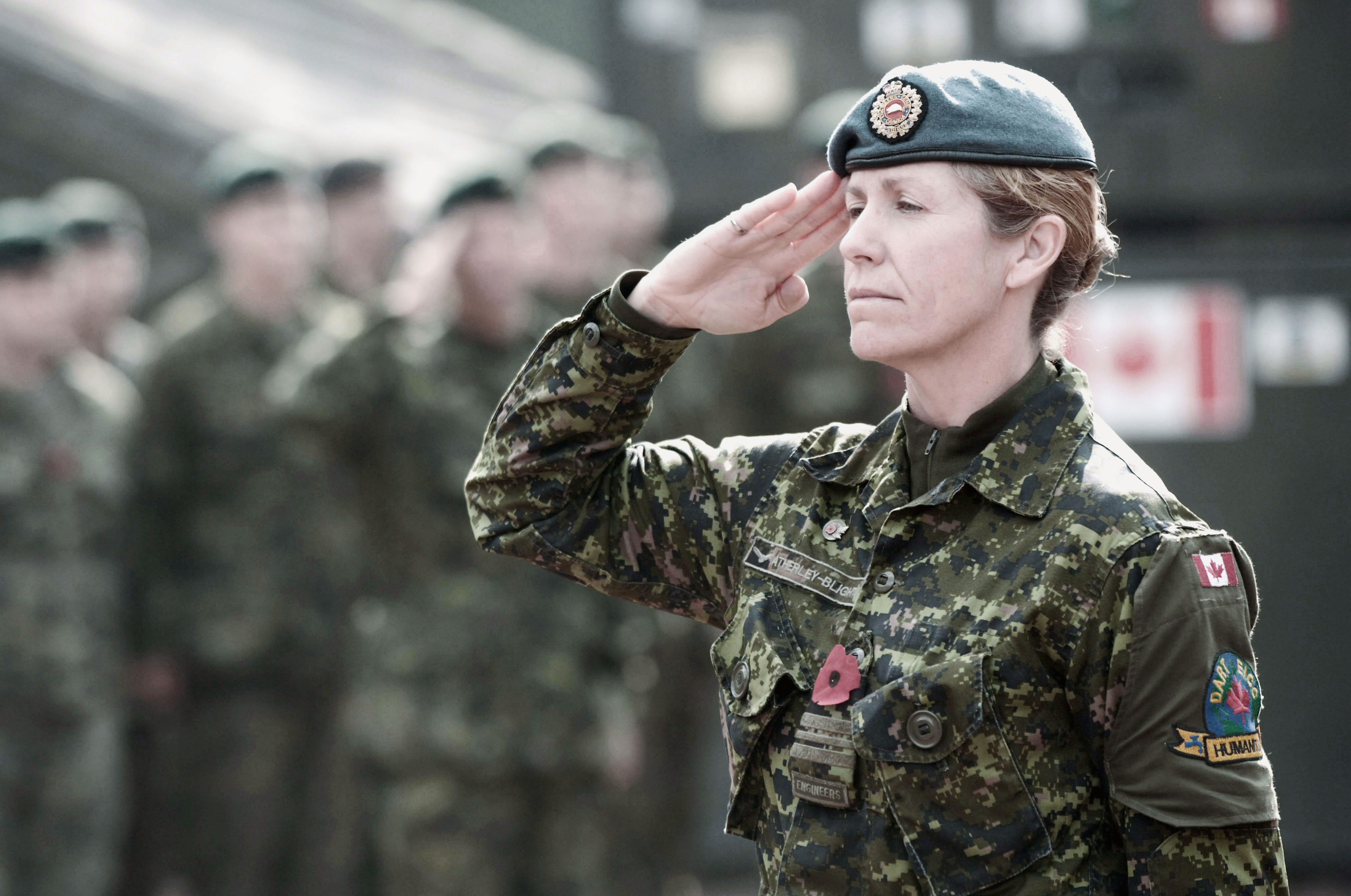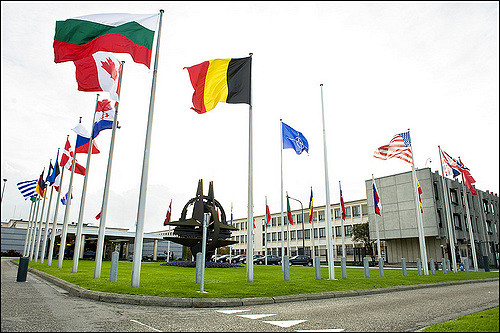The landscape in which people seek refuge and apply for asylum outside of their countries of origin has changed since the drafting of the 1951 Refugee Convention. Individuals continue to seek refuge for fear of persecution for their religion or political opinion. In Canada, however, women who are fleeing domestic violence continue to face unique difficulties when being approved for refugee status.
The current test applied by Canadian courts and tribunals has requirements that are difficult to satisfy, which leads to the rejection of many claims. The case of Matter of A-R-C-G in the United States has set precedent for a more claimant-friendly approach in this area. The international community has also embraced an accepting approach in favor of protecting women who are victims of domestic violence. Perhaps it’s time for Canadian authorities to adopt a more sophisticated approach that would lead to more effective protection for claimants.
The Current Test and its Challenges
In order to be granted asylum in Canada based on domestic abuse in their home countries, refugee claimants must prove three elements under the current test. First, they must be a member of a particular social group. Second, they must have a well-founded fear of persecution. Finally, they must prove that the government of their home country is unable or unwilling to provide protection.
In terms of the first element of the test, Canadian courts recognized women fleeing from abuse as a particular social group in the 1995 case of Narvaez v Canada (Minister of Citizenship and Immigration). Regarding the second element, the Immigration and Refugee Board’s Guidelines on Women Refugee Claimants Fearing Gender-Related Persecution, list domestic violence as one of the female-specific experiences to be considered when assessing the claimant’s fear of harm.
The third element of the test has been the most difficult to prove. The biggest challenge is that courts hold an assumption that foreign states are willing and able to protect their citizens. The onus is then placed on the claimant to put forward evidence that rebuts that presumption. Currently, courts and tribunals have adopted a high threshold when it comes to providing such evidence. This high standard has led the courts to hold that evidence showing the unwillingness of police to interfere in a marital relationship paired with a lack of specific laws against domestic violence to be insufficient in satisfying the onus of proof. This has led to claims being often denied.
The status quo has had detrimental effects on claimants. For example, Jamila Bibi fled Pakistan and came to Canada in 2007 after being thrown in Jail, tortured and falsely accused of adultery after a decades long family dispute. When she made a refugee claim in Canada, judges denied her application. Although the courts acknowledged the abuse she endured, they did not believe that there was sufficient evidence that her life was in danger, and that local authorities would not be able to protect her, or that the family members who had threatened her would be able to find her. After a long case, Jamila Bibi was deported and sent back to Pakistan in 2011 where she was forced to live in hiding.
Unfortunately, Jamila’s case is not unique.
Each year, there are cases like Jamila’s that get denied because the applicant cannot provide a sufficient proof to meet the legal requirements. In order to prioritize the safety of refugees fleeing domestic violence, there needs to be substantial reform in the Canadian legislation and guidelines regarding women refugee claimants.
Embracing Change
Recently, some focus has been placed on the need for women to be given asylum to protect them from gender related persecution as members of a particular social group. It has been recognized that violence against women is often perpetrated not by governments, but by intimate partners, family or community members.
According to the International Rescue Committee (IRC), husbands are the biggest threat to women in Africa. The IRC also states that “domestic violence is the most urgent and pervasive protection issue for women in West Africa”, particularly in countries such as Ivory Coast and Liberia that don’t have laws against domestic violence. With these findings, the international community has now recognized that domestic violence is not a personal matter, but a fundamental human rights violation.
A US case decided in 2014 signified a shift in how courts grant asylum to women fleeing domestic violence. In the case of Matter of A-R-C-G, a Guatemalan woman’s case of trying to escape from her abusive husband was first refused. On appeal, the judge looked carefully at Guatemala’s policies, the police’s unwillingness to interfere in abusive marital relationships, and the local misogynistic attitude as factors to label abused Guatemalan women as a ‘specific social group’. This change led to the first successful domestic violence refugee case in the US. Since the US and Canadian courts use a similar test in such cases, Canadian courts should follow this example and reform the test by lowering the threshold of evidence required.
Reform in Canada
It is clear that the current approach taken by Canadian courts and tribunals does not provide sufficient protection to women fleeing domestic violence in their home countries. The high standards required by the third element of the test means that although claimants may have evidence to satisfy it, it might not be accepted by the courts. This shortcoming leaves many women who come to Canada in fear for their lives unprotected, and forced to return to the sources of their abuse. A lower threshold for evidence is clearly needed.
Photo: Syrian refugees protesting (2015), by Mstyslav Chernov via Wikimedia Commons. Licensed under CC BY-SA 4.0.
Disclaimer: Any views or opinions expressed in articles are solely those of the authors and do not necessarily represent the views of the NATO Association of Canada.




